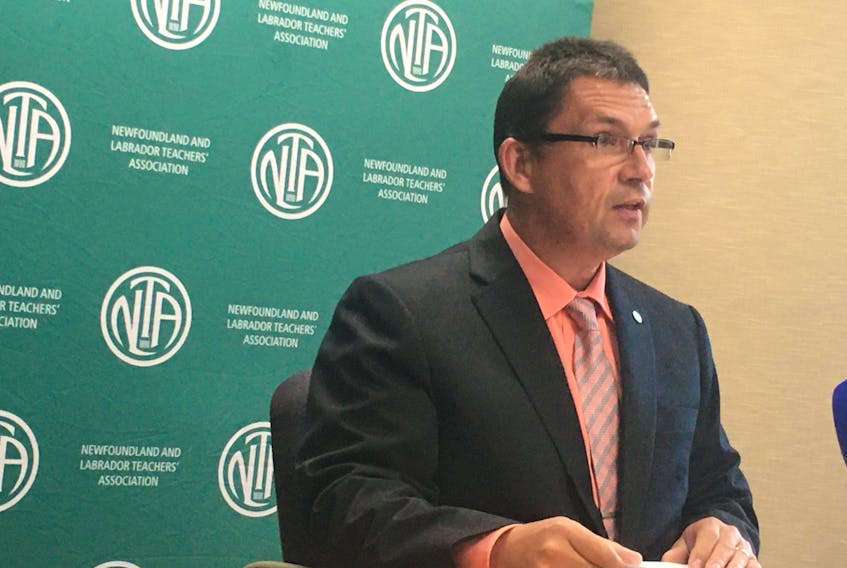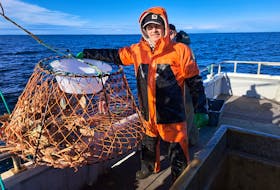It certainly looks like an attempt to cover all possible bases.
The problem is, it’s in no way clear yet which base the province’s K-12 students will be standing on when the school year begins in September.
Monday, the provincial government unveiled its plan for the fall’s return to school: in a perfect world, the government would like to see students physically back in their classes.
Here’s that thinking in a nutshell, from the province’s return-to-school plan: “The public health measures implemented to mitigate COVID-19, while necessary, have significant adverse health and welfare consequences for children. Therefore, it is critical that the risks of COVID-19 in children be balanced with the harms of school closure, which is impacting their physical and mental health. Consistency is essential for students and it will be important to ensure that once students return to school, the schools stay open to the extent possible. Children rely on structure and schedule for stability, which supports the need for a daily school model.”
Students may be back in classes in a near-normal situation, they may partially return to classes with additional health measures, or students may face at-home learning with physical classes suspended. (To support students in that last case, the province is purchasing $20 million worth of laptops for teachers and Chromebooks for students in Grade 7 and above.)
To cut through that verbiage, for learning, the government believes in-person classes are the best choice.
But the severity of the COVID-19 pandemic has meant a variety of options are on the table, depending on what the public health situation is in different parts of the province.
Students may be back in classes in a near-normal situation, they may partially return to classes with additional health measures, or students may face at-home learning with physical classes suspended. (To support students in that last case, the province is purchasing $20 million worth of laptops for teachers and Chromebooks for students in Grade 7 and above.)
But there are problems with putting in even the most basic of physical distance for health concerns, not only because managing students is literally as difficult as herding cats. That makes for some tough decisions. “Physical distancing (two-metre spacing) is a useful public health measure to help prevent the spread of disease; however, in a controlled school environment, where two metres is not possible between desks, the greatest possible spacing is recommended,” the report says, adding, “However, the daily school routine should not be disrupted to accommodate smaller classes for physical distancing.”
Class sizes have been a wildcard in this province for years, with overcrowding often occurring in more urban centres. One-size-fits-all hasn’t been the standard in this province’s schools, and won’t be for COVID-19, either.
It is a reasonable plan — but, as always, the proof of the pudding is in the eating.
For this approach to work, its implementation will have to be varied by region, administrators will have to be able to react quickly and seamlessly, and both parents and students will have to accept that changes could occur with little or no notice.
It goes without saying this won’t be an easy school year.









